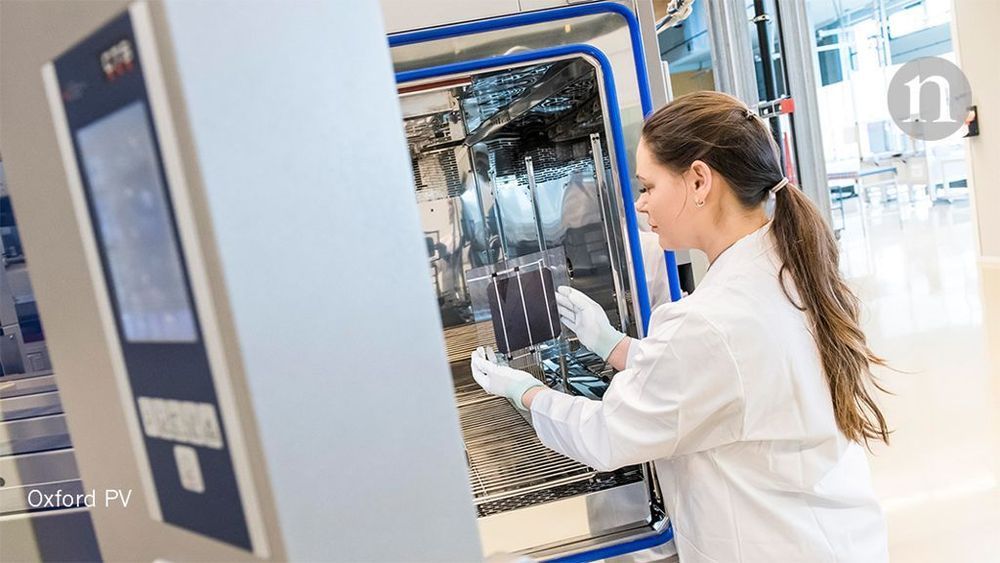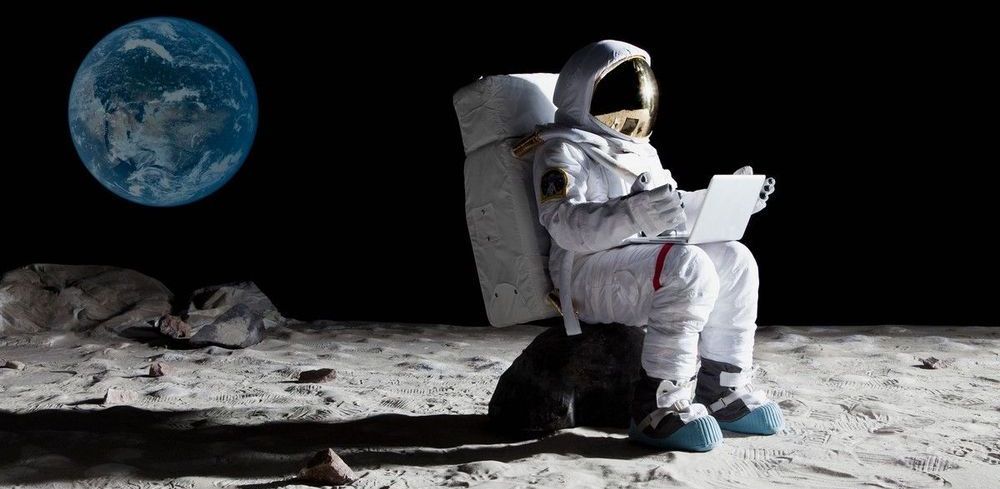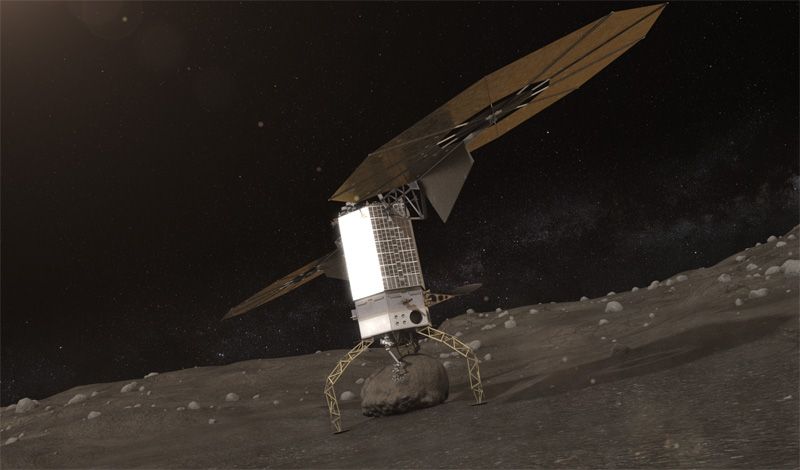Page 7849
Jul 4, 2019
Buddhism And The Freedom of The Will
Posted by Steve Nichols in categories: food, neuroscience, space
A South Indian philosopher sometimes called the “second Buddha,” Nagarjuna stands ambivalently at the beginnings of Mahayana philosophy. His arguments are subtle, sophisticated, and complex. Their interpretation is made more difficult because they are written as beautifully crafted quatrains whose density require extra concentration. As a transitional thinker, Nagarjuna is taken by some commentators (David Kalupahana and Jay Garfield) as continuing the Pali tradition and by others (Frederick Streng and T. Wood) as making a clean break with it. The latter school of interpretation reads Nagarjuna’s quatrains as thoroughly dialectical refutations of any positive thesis, even the minimalist claims of Pali realism. There is general consensus that the Yogacara school of Vasubandhu and Asanga reject Nagarjuna’s views, whatever they are, in favor of an objective idealism roughly similar to Hegel’s. Unfortunately, we do not have space to deal with Yogacara except only in an indirect way.
As we have seen, Pali Buddhists do not deny the appearance of an empirical self (jiva); rather, they deny that, corresponding to this appearance, there is anything enduring, separate, or independent. These may just be three different ways of saying the same thing, but since they represent three different types of Buddhist arguments, they merit separate presentations. First, there is no self that endures. What we see is constantly changing and there is nothing that stays the same. The traditional argument here proceeds by elimination: the physical bodies change; feelings, beliefs, desires, and intentions all change; consciousness is intermittent; and our self-conceptions change over time. None of the things we can point to as the self remains the same. Therefore the self does not endure. The argument is similar to the one given by Hume.
Second, the self is not separate from the causes and conditions that give rise to it. A standard metaphor for this comes from the Dhammapada, a Pali text from the 3rd century BCE. The appearance of a rainbow arises out of a certain combination of mist and light. Remove either one of these and the rainbow no longer exists. Similarly, the appearance of a self arises out of conditions: oxygen, food, parents, etc. Without them, there would be no self. This argument can be made on a general level, as just done, or on a particular level. You wouldn’t be the person you are if your family, friends, and acquaintances all weren’t the people they are, if you hadn’t had the experiences you’ve had, lived in the society you live in, etc. If we define the constellation of these conditions as one’s “world,” we can say that the self cannot be separated, either practically or logically, from the world in which it exists.
Jul 4, 2019
Japan is a world leader in floating solar power
Posted by Brady Hartman in categories: solar power, space, sustainability
Jul 4, 2019
879% Drug Price Hike is One of 3,400 in 2019 so Far; Rate of Hikes Increasing
Posted by Alexandria Black in category: biotech/medical
More funding your way would alleviate what he’s calling out.
Despite public and political pressure, pharma keeps on ratcheting up prices.
Jul 4, 2019
The reality behind solar power’s next star material
Posted by Derick Lee in categories: solar power, sustainability
For decades, slabs of crystalline silicon have dominated the solar industry. Other materials that can be layered in thin films, such as copper indium gallium selenide (CIGS) and cadmium telluride (CdTe), have captured less than 5% of the market, because it’s hard to make them as efficient or cheap as conventional solar panels. Perovskites could be a different story. They should be cheaper to make and seem impressively efficient at converting sunlight into electricity — in the laboratory, at least.
Companies say they are close to commercializing cheap perovskite films that could disrupt solar power — but are they too optimistic?
Jul 3, 2019
The Band-Aid of the future knows when you’re healed
Posted by Klaus Baldauf in categories: futurism, wearables
It’s easy to imagine these wearable circuits on the shelves of CVS.
- https://twitter.com/share?url=https://www.fastcompany.com/90…%20healed” rel=“noopener noreferrer”>
3 minute Read.
Jul 3, 2019
Physicists use light waves to accelerate supercurrents, enable ultrafast quantum computing
Posted by Paul Battista in categories: computing, quantum physics
Jigang Wang and his collaborators have demonstrated light-induced acceleration of supercurrents, which could enable practical applications of quantum mechanics such as computing, sensing and communicating. Larger image. Image courtesy of Jigang Wang.
AMES, Iowa – Jigang Wang patiently explained his latest discovery in quantum control that could lead to superfast computing based on quantum mechanics: He mentioned light-induced superconductivity without energy gap. He brought up forbidden supercurrent quantum beats. And he mentioned terahertz-speed symmetry breaking.
Jul 3, 2019
How Humans Will Bring the Internet to Space
Posted by Klaus Baldauf in categories: habitats, space
In the future, orbiters, rovers, deep space probes, and even human space habitats will be nodes on the internet of things.
Jul 3, 2019
Blockchain will make sure green pledges aren’t just greenwash: a new initiative
Posted by Brady Hartman in categories: bitcoin, drones, internet, satellites
Blockchain will make sure green pledges aren’t just green wash.
When a country or a company makes a promise to reduce carbon emissions, respect fishing quotas or cut toxic output, how can we be sure they’ll keep their word?
The truth is, it’s often extremely hard. But a new initiative — Global Ledger — led by a group of World Economic Forum Young Global Leaders (YGLs) aims to change that.
Continue reading “Blockchain will make sure green pledges aren’t just greenwash: a new initiative” »
Jul 3, 2019
Asteroid mining market to be worth $3.9bn by 2025
Posted by Klaus Baldauf in categories: 3D printing, space
Ongoing and future space missions, rising investment in new mining technologies, and the use of materials obtained from asteroids in 3D printing will drive the growth of the asteroid mining market, according to Allied Market Research.

















